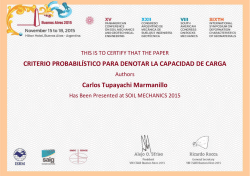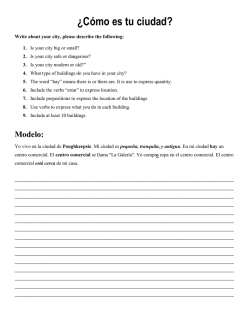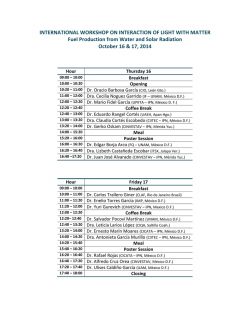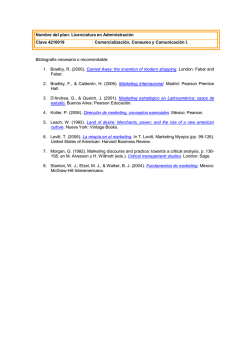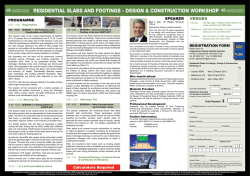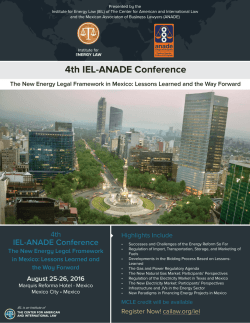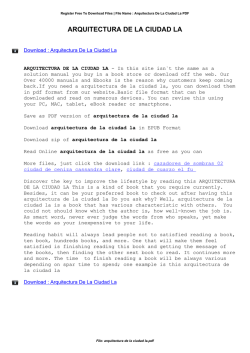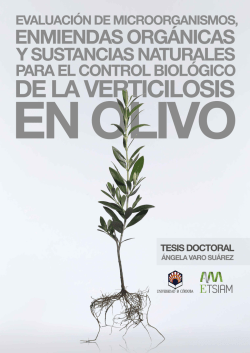
EGU2015-7914
Geophysical Research Abstracts Vol. 17, EGU2015-7914-1, 2015 EGU General Assembly 2015 © Author(s) 2015. CC Attribution 3.0 License. Carbon stocks, tree diversity and their relation to soil properties in a Neotropical rainforest of South-East Mexico Armando Navarrete-Segueda (1), Christina Siebe-Grabach (2), Guillermo Ibarra-Manríquez (3), Miguel Martínez-Ramos (3), and Lorenzo Vázquez-Selem (4) (1) Posgrado en Ciencias Biológicas, Universidad Nacional Autónoma de México (UNAM), Ciudad Universitaria, Coyoacán, 04510 Ciudad de México, Distrito Federal., (2) Instituto de Geología, UNAM, Ciudad Universitaria, Coyoacán, 04510 Ciudad de México, Distrito Federal., (3) Centro de Investigaciones en Ecosistemas, UNAM, Campus Morelia, Antigua Carretera a Pátzcuaro #8701. Col. Ex Hacienda San José de la Huerta Morelia, Michoacán, México C.P. 58089., (4) Instituto de Geografía, UNAM, Ciudad Universitaria, Coyoacán, 04510 Ciudad de México, Distrito Federal. Site heterogeneity at the local scale is an important factor for the generation of ecosystem services across the landscape. Several investigations at regional or local scale have identified the important role of soil properties and topography to determine tree diversity and productivity in tropical forests. We studied how the characteristics of soils affect the tree richness and carbon storage in the tropical rain forest of south-east Mexico. We compared carbon stocks on above-ground dry biomass of living trees, litter and soil organic carbon in 9 plots of 5000 m2 distributed in three contrasting soil-topographic units in neotropical forest (Floodplains/Low altitude hills/Steep slopes) all under the same climate. In each plot, landform features and soil properties to rooting depths were determined. We obtained richness and biomass values of trees with diameter at breast height (DBH) ≥ 10 cm. In each plot, litter and soil samples were taken for quantifying carbon in laboratory and allometric equations were applied to relate tree biomass (root and aerial) with carbon. We used cluster analysis as classification technique to compare richness between units. The relationship between soil properties and tree richness was obtained based on a canonical correspondence analysis. Both the classification and ordination techniques showed that plant diversity and richness respond to soil conditions. The variation was positively correlated with pH, total nitrogen, soil aeration, water retention capacity and exchange aluminum. The richness is smaller in floodplains, but this unit, with higher water and nutrient storage capacity, shows the largest carbon stocks. In contrast, limiting site for tree growth have less total carbon. Low altitude hills are much more heterogeneous in soil properties but also richer in tree species. The soil in this land unit has small rooting depth and available water holding capacity. Additionally, in this soil carbon stock is greater than the carbon stock in the tree biomass. In conclusion, carbon stocks and tree richness respond to variation in soil properties. At sites with several plant growth limiting factors, soil carbon stocks are greater than the carbon stocks in the tree biomass.
© Copyright 2025
